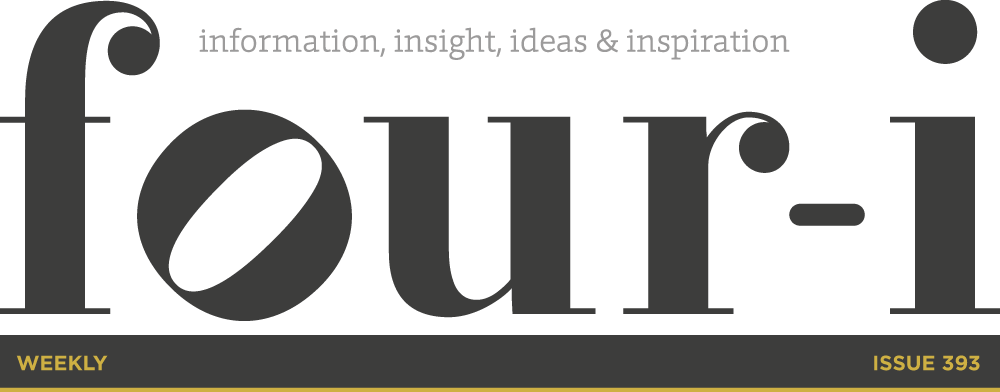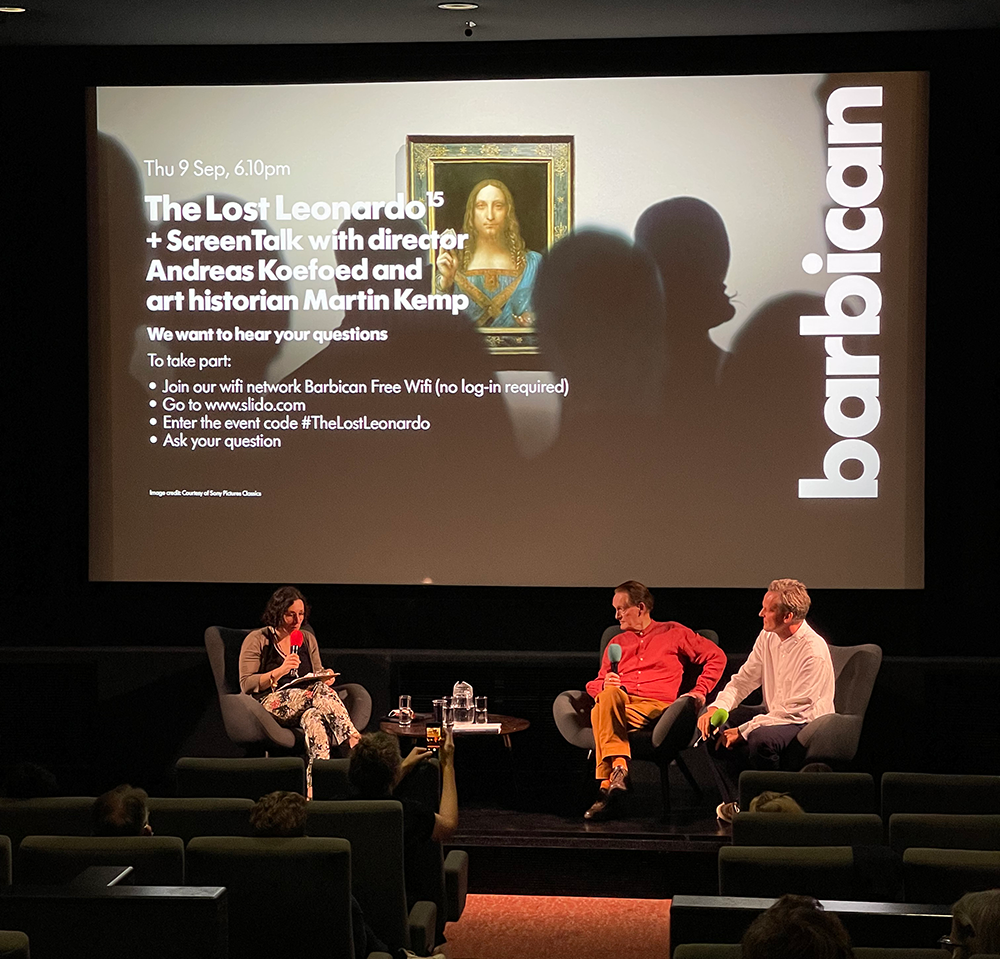
Lost Leonardo.

Last week, I attended a screening of the documentary ‘The Lost Leonardo’ which was followed by a discussion and Q&A with the film director, Andreas Koefoed, and art historian Martin Kemp, (who features in the film).
It’s a fascinating story on many levels. The headline is simple enough – a badly damaged painting went up for auction in 2005 in New Orleans and sold for $1,175. Fast forward to 2017: following extensive restoration and two interim sales later, it sold for $450million having been authenticated as an original Leonardo da Vinci.
The anonymous buyer is believed to be the Saudi royal family, and the painting, (‘Salvator Mundi’), hasn’t been seen since – (the most common rumour is that it’s on the Crown Prince’s yacht).
On one level it could be a Dan Brown plot.
How does a lost Leonardo, previously owned by Charles 1 and Charles 11 of England, turn up in New Orleans?
To say the restoration is extensive is an understatement. Opinions from various art experts are divided on this, but some suggest that as much as 80% of the painting is 21st century.
The painting was displayed at an exhibition at the National Gallery as being “by Leonardo”. This was/still is, massively controversial. Many feel that at best it should be cited as, “In the style of”, not even, “Attributed to”, but no, in effect one of the world’s great art institutions gave it full endorsement and then, in a further break with protocol, exhibited it even though it would then come to the market for sale.
The people who bought and sold the painting are “colourful” at best, (indeed have been described as “extremely dodgy”), including a Russian Oligarch and a French businessman whose personality and ego makes Elon Musk seem shy and retiring.
But there are several more levels to this story, which teach us a lot about ourselves.
The one I wish to highlight is how easily we can be persuaded by ourselves and the concept of “Thin-Slicing” first coined in 1992 by Nalini Ambady and Robert Rosenthal in the Psychological Bulletin. The idea is that we have the ability to find patterns based on “thin slices” or small amounts of information. Indeed, various studies have concluded that judgments based on having much more information are statistically no more or less accurate, indeed in some cases, perhaps this one, the more information presented, the less able one is to accurately judge.
In other words, the gut reaction is one to listen to. It might not always be right, but over time it’s likely to be as effective as any other method of assessment.
The huge amount of research and analysis into the provenance of the Salvator Mundi, rather than helping the situation, has actually made it worse.
My sense is that this can similarly happen in business – we can tend to over analyse; perhaps to find the answer we’d like rather than the one we should make.
Join over 6,000 property professionals, including leading estate and letting agents and receive information, insight, ideas and inspiration (four-i) from top estate agency coach Peter Knight, straight to your inbox every Monday. Join now
Find out more about Property Academy and the services we provide here.
Agree or disagree with the views expressed in this newsletter? Share the article and your views on social media today.
Follow our social channels here: